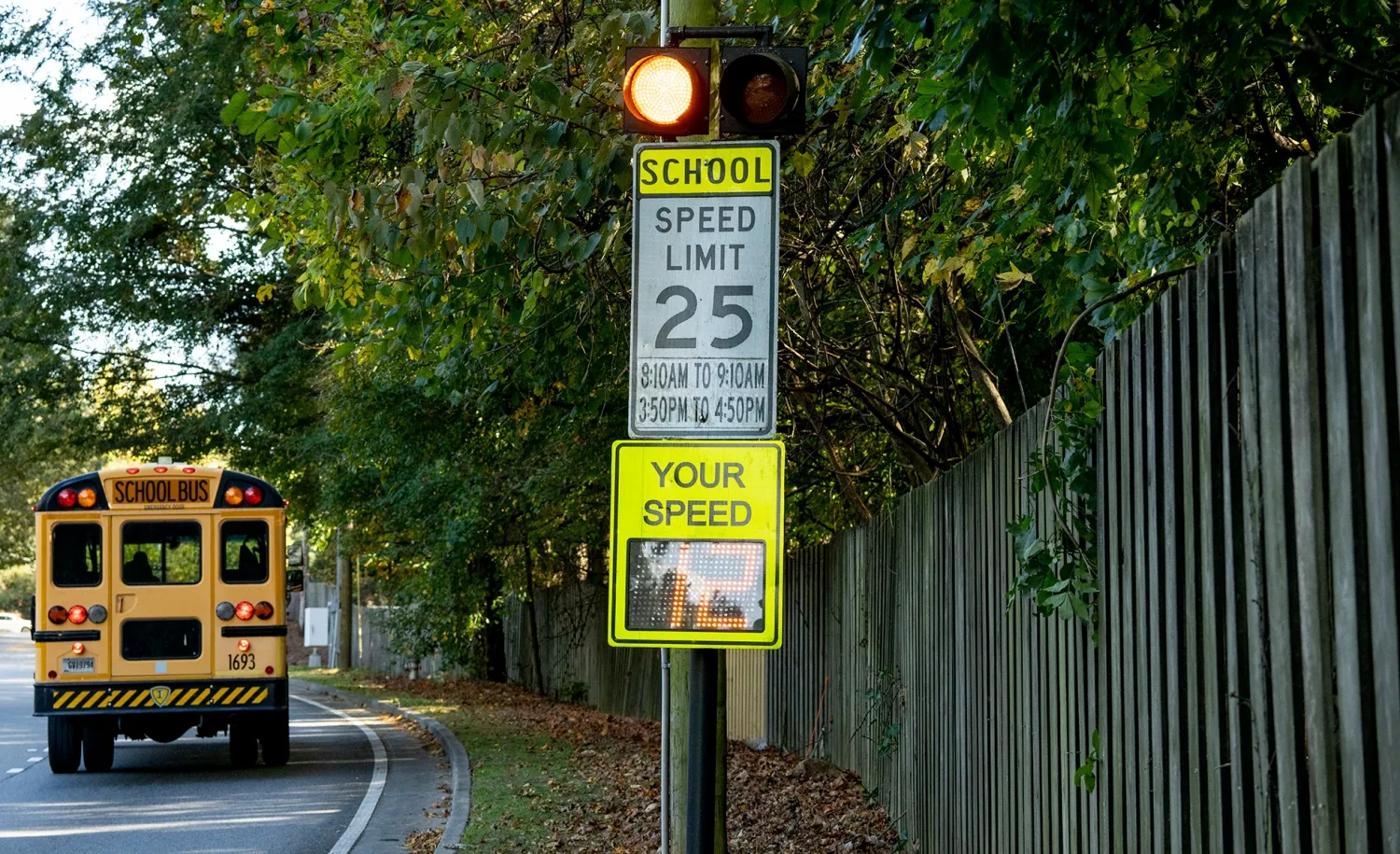The new warning system detects vehicles approaching the right turning bay at Moeraki Boulders Road and vehicles waiting to turn on to the highway and automatically adjusts the speed limit in the area to 70km/h to allow the approaching car to merge safely with oncoming traffic. The 70km/h variable speed limit will apply 170 metres either side of the SH1/Moeraki Boulders Road.
The work is part of a wider programme of safety improvements being proposed along the highway.
Between 2006 and 2015 there were 21 deaths and 114 serious injuries on this stretch of the road and the government is committed to making these roads and roadsides safer to help prevent further tragedies.
“The variable speed limit will help to reduce the severity of crashes at the Moeraki Boulders turnoff by lowering the speed of highway traffic when necessary for the safety of other road users, while maintaining the current 100km/h speed limits when the intersection is not in use. This high tech system is a great alternative for all drivers in the region when compared with permanently reducing the speed limit in the area,” says associate minister of Transport Tim Macindoe.
High tech approach to improve safety on New Zealand’s state highway 1
A new high tech warning system, which will help to improve road safety, has been installed on State Highway 1 in New Zealand. The Rural Intersection Active Warning System at the turnoff to Moeraki Boulders is now operational and the variable speed limit is now legally enforceable.
June 26, 2017
Read time: 2 mins
A new high tech warning system, which is intended to help to improve road safety, has been installed on State Highway 1 in New Zealand. The Rural Intersection Active Warning System at the turnoff to Moeraki Boulders is now operational and the variable speed limit is now legally enforceable.







